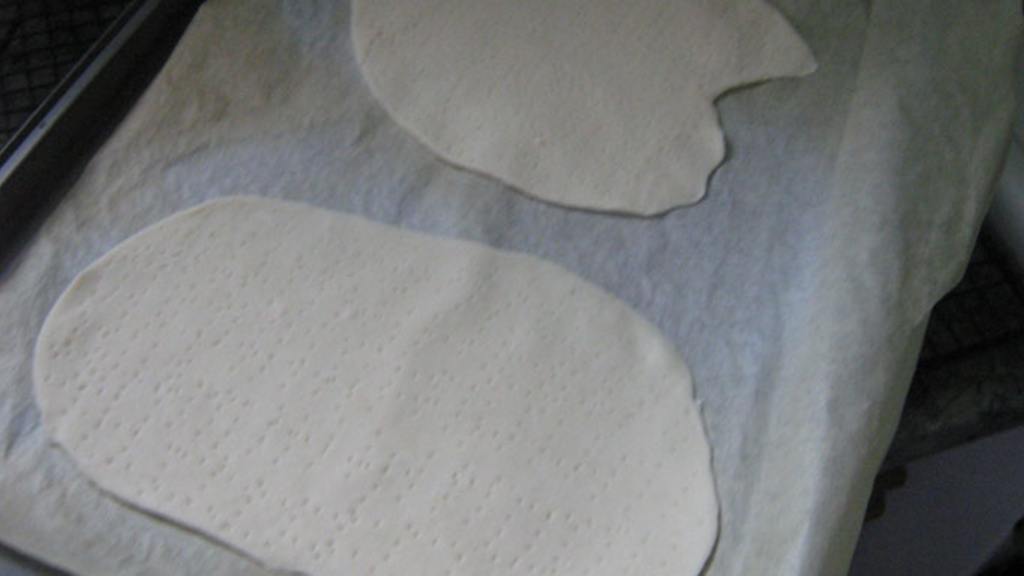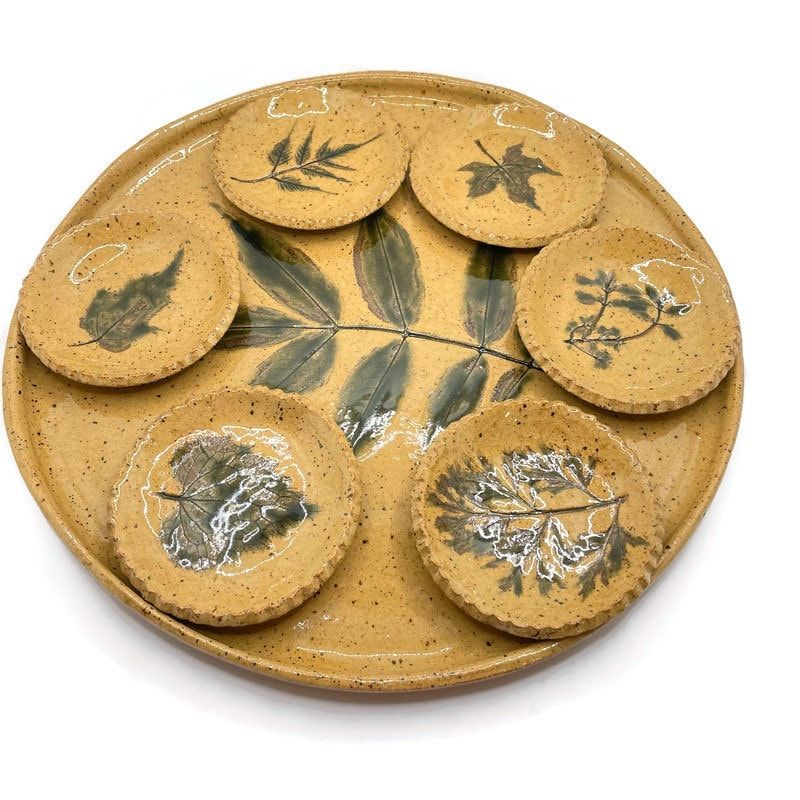Passover is one of the most significant Jewish holidays, commemorating the liberation of the Israelites from slavery in Egypt. Central to this celebration is the Passover meal, known as the Seder. This article explores the traditions, rituals, and symbolic elements that make the Passover meal a meaningful and cherished event.
Table of Contents
– The Significance of the Passover Meal
– Traditions and Rituals of the Seder
– Symbolic Foods on the Seder Plate
– Preparing for the Seder
– Modern Twists on Traditional Recipes
– Conclusion
The Significance of the Passover Meal

The Passover meal, or Seder, is more than just a feast; it’s a ritual that retells the story of the Exodus from Egypt. This ceremonial meal is held on the first night of Passover (or the first two nights for those living outside Israel) and is designed to engage all participants, especially children, through storytelling, singing, and symbolic foods.
One of the key aspects of the Seder is the reading of the Haggadah, a text that outlines the story of the Exodus and includes prayers, blessings, and songs. The Seder also involves the lighting of candles, the blessing over wine, and the eating of symbolic foods that represent different elements of the Jewish experience in Egypt.
Traditions and Rituals of the Seder

The Seder is a structured meal that follows specific rituals. Here are some of the key traditions:
- Kadesh: The Seder begins with the blessing over wine, symbolizing joy and freedom.
- Urchatz: A ritual washing of the hands, similar to the purification before meals.
- Karpas: A green vegetable, usually parsley, is dipped in salt water, representing the tears of the Israelites during their enslavement.
- Yachatz: The middle matzah is broken, with one piece set aside for the Afikoman, a piece of matzah hidden for children to find later.
- Maggid: The story of the Exodus is told, including the ten plagues and the liberation from Egypt.
- Rachtzah: Another hand washing, this time without a blessing.
- Motzi: The blessing over bread, which in this case is matzah.
- Maror: Bitter herbs are eaten to symbolize the bitterness of slavery.
- Korech: A sandwich made of matzah and maror is eaten, recalling the practice of the Temple priests.
- Shulchan Orech: The main meal is served, often featuring dishes like brisket, chicken, and fish.
- Tzafun: The Afikoman is eaten, symbolizing the conclusion of the meal.
- Barech: Blessings are said after the meal, followed by the recitation of the Hallel, a collection of psalms praising God.
- Nirtzah: The Seder concludes with a final blessing and the hope for the coming of the Messiah.
Symbolic Foods on the Seder Plate
The Seder plate holds several symbolic foods that represent different aspects of the Exodus story. These include:
- Karpas: A green vegetable, usually parsley, dipped in salt water. It represents the tears of the Israelites during their enslavement.
- Maror: Bitter herbs, such as horseradish, symbolizing the bitterness of slavery.
- Charoset: A sweet paste made from fruits, nuts, and wine, representing the mortar used by the Israelites in building structures in Egypt.
- Zar’ah: A boiled egg, symbolizing the cycle of life and the festival offering.
- Chazeret: Additional bitter herbs, often used to add depth to the flavor of the meal.
- Beitzah: A roasted egg, symbolizing the festival offering and the cycle of life.
Preparing for the Seder

Before the Seder, many families clean their homes to remove any leavened products, known as chametz. This practice is based on the biblical commandment to remove all leaven from the home before Passover. Some families also sell their chametz to a non-Jew, ensuring that they do not possess any leavened products during the holiday.
In addition to cleaning the home, families often prepare the Seder plate and gather the necessary items for the meal. This includes matzah, wine, and the symbolic foods mentioned above. Many families also create a special atmosphere by decorating the dining area and setting the table with care.
Modern Twists on Traditional Recipes

While traditional Passover meals often feature dishes like brisket, chicken, and fish, modern families have introduced creative twists on these classics. For example, matzah can be used to make a variety of dishes, from matzah pizza to matzah kugel. Charoset, a sweet paste made from fruits and nuts, can be customized with different ingredients to suit personal tastes.
Some families also incorporate non-traditional ingredients into their Passover meals, such as quinoa, lentils, and other legumes. While some observant Jews avoid kitniyot (legumes) during Passover, others have embraced them as part of their holiday traditions.
Conclusion
The Passover meal is a rich and meaningful tradition that brings families together to celebrate the story of the Exodus. Through the rituals, symbolic foods, and shared stories, the Seder serves as a powerful reminder of the importance of freedom, resilience, and community. Whether you’re following traditional customs or adding your own twists, the Passover meal offers a unique opportunity to connect with your heritage and create lasting memories with loved ones.
Stay updated with the latest news and traditions surrounding Passover by exploring our comprehensive guide and discovering new ways to celebrate this special holiday.











More Stories
US Trending News: How to Claim Your Joy: A Guide to Finding Happiness and Inner Peace
US Trending News: Explore Www.hobbylobby.com: Your Ultimate Guide to the Official Site
When Is Trick Or Treating in 2024: A Complete Guide for Halloween